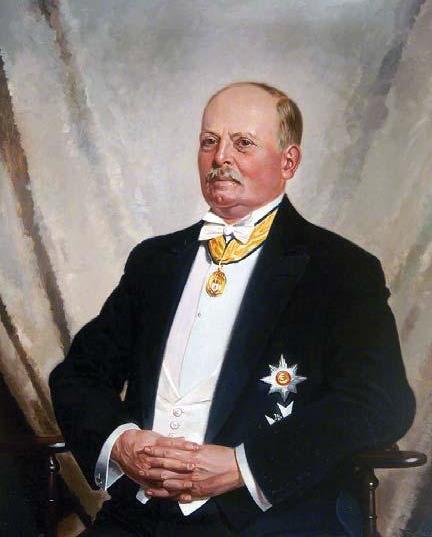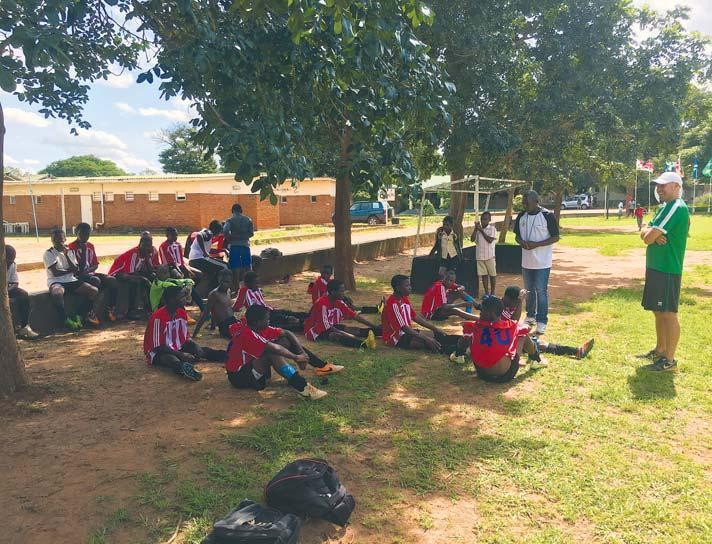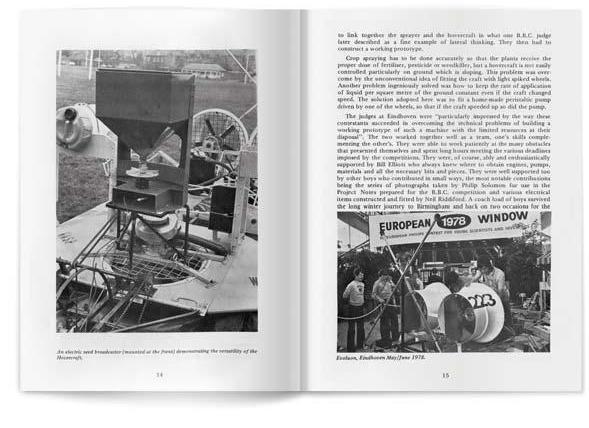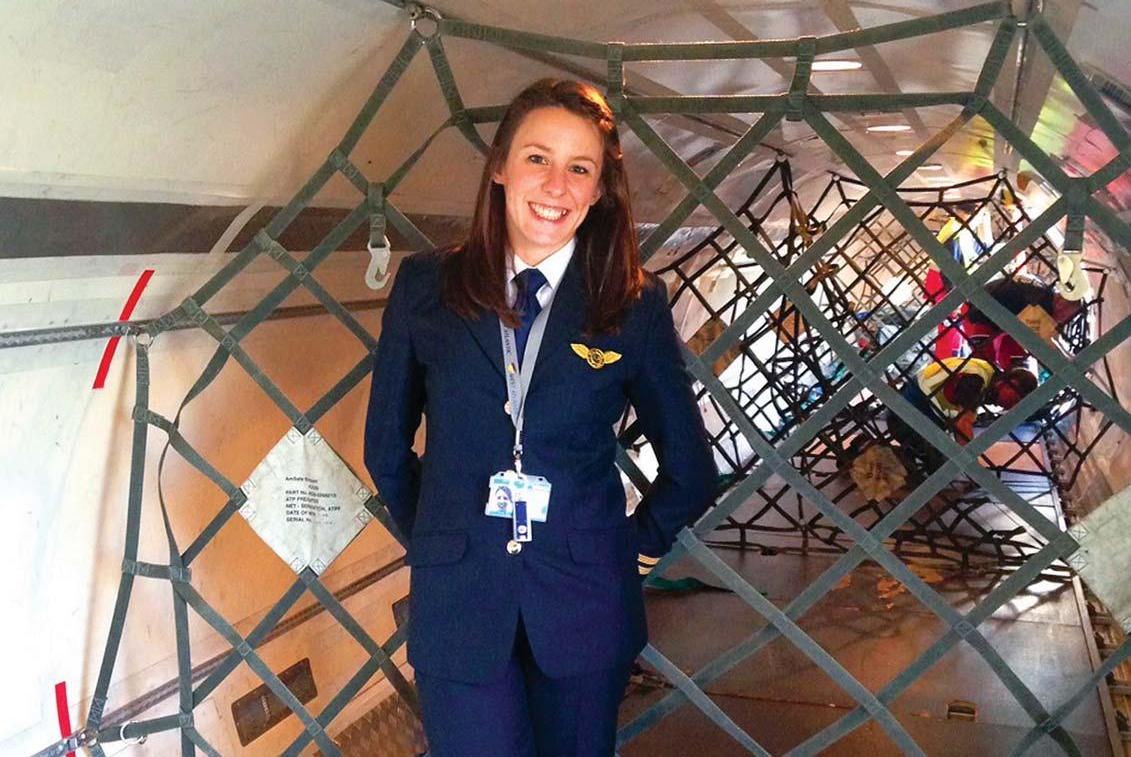
7 minute read
ONA Now and Then
from ONA 100
It is a bittersweet moment for me to welcome you to the 100th issue of the ONA Magazine. As always, it’s a delight to do so: and it’s a matter of pride that we’ve been keeping in touch with our ONs in this fashion since 1973. But I write too with a slight pang, because it is the last such foreword that I shall pen.
Yet what an appropriate moment, perhaps. I’ve experienced and done my best to lead just nine years of the school’s long history: and this magazine reminds us how far back it goes as well as prompting us always to look to the future.
Advertisement
The extract from Bryan Stevens’ (44-49) monograph Newcastle Royal Grammar School in the 40’s recalls for me the pleasure I have had in meeting ONs from that era. Mention of school lunches under the direction of the formidable ‘Ma’ Steven took me back to the visit we enjoyed from members of the ‘Class of 44’. They were with us in September 2014, on the 70th anniversary (to the day) of their starting at the RGS – the first group to join the school in Jesmond since the outbreak of war and the forced evacuation to Penrith. Having regaled us with stories of the fortifying if predictable meals provided by ‘Ma’ Steven and her staff, they were delighted to find that, on that very Monday, one of the choices on offer in the very 21st Century Dining Hall and servery was mince – it was always mince on Mondays back in 1944!
A memory shared with me that day is one I have frequently quoted since: the Headmaster, ER Thomas (22-48), greeted those impressionable young boys, newly arrived in the school, and informed them that the most important thing they would learn at the RGS was, “thoughtfulness for others”.
It’s a marvellous thing about schools (and not unique to the field of education) that present-day visionaries always assume they are doing things better and more effectively than previous generations: yet what timeless and necessary advice was given on that day in 1944! In 2017 we certainly still try to impress on our students the need for kindness and altruism: indeed a body of research is growing that the happiest people are those who are most generous and thoughtful of others. Perhaps one reason why those seeds appear generally to fall on fertile ground is that it’s by no means a new message at the RGS.
Thus we read obituaries, always sad to lose members of the larger ON family (particularly if they are taken before their time), and invariably find that the powerful and positive personal qualities shine through.
Does that fact have something to do with the role models that ONs have had in their teachers? I think so. Tim Clark contributes a characteristically modest valedictory piece: unsurprisingly he plays down the undeniably enormous effect that his twin teaching and pastoral roles have had on RGS students since 1984.
Altruism was also a driving force within the gigantic figure in RGS history vividly brought to life by David Goldwater (51-62). Sir Arthur Munro Sutherland (1878-1883) certainly believed that his enormous success and good fortune (brought about, as he never tired of saying, through, “industry, thrift and ambition”) brought with it a duty of generosity and benefaction, one that he fulfilled in ample measure.
I was forced to suppress a slight feeling of guilt when I read about the handsome swimming bath with which he endowed the school in 1930. As I leave this summer, the Sutherland Pool will finally be demolished and the site prepared for another build, the last phase in the Governors’ far-sighted project to equip the school for the next 20 or 30 years.
I’d like to think (hopefully?) that Sutherland would not be offended. A fine building in its time, it had become very much less comfortable and convenient than the pools with which modern children are familiar: and a 25-yard length had become anachronistic! A man always with an eye to the future, I hope he would approve of the fact we move on, not without gratitude, and use that site to build for further success in the school’s future.
For the future is what education must be about. So, finally, I’m delighted to mention the piece by Steph Burn (04-06): as a female qualified pilot she’s still in a minority, and a fine example of the RGS students and ONs of the 21st Century, happy to break glass ceilings or overcome other prejudices and vested interests to achieve their ambitions and to make a difference.
I leave the school in good heart and as ambitious as ever for the future. And I am more certain than ever that an ambitious future is inevitably founded in a solid past, an appreciation of history and tradition, and a mind-set and sense of ambition that never forget their roots.
I shall miss the RGS and all its people: and I wish it and them every success in the future.
Bernard Trafford
Headmaster
ONA Now and Then


RGS in the 40s

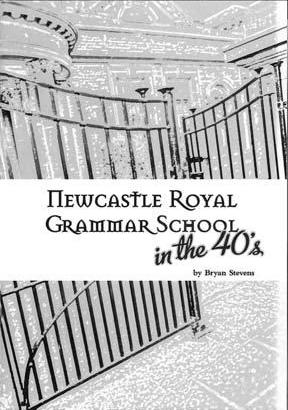
We publish an extract from Bryan Stevens’(44-49) monograph, Newcastle Royal Grammar School in the 40’s (printed March 2017). A worthy addition to the school archives, he gives a fairly detailed account of his time at the school as it was in the 40s.
Bryan has a number of printed copies available of his monograph and would be happy to send one to interested ONs. Please send a self-addressed envelope, size C5 and stamped 65p to Jane Medcalf at the school.

The tutorial system, which pre-dated 1914 was in full force, as I understand it still is. The tutors had the task, among “ others, of collating his boys’ terminal reports, with some input of his own.
The old Dining Hall (the present Library), though a fine and stately room, was by our time far too small for its purpose, and lunch had to be taken in relays, the Upper School being last. The lunch interval was long enough to accommodate all kinds of activities such as sports training –boxing, swimming, rugby. In summer the 1st and 2nd Xl’s practised at the nets, by the Pavilion, now the site of the present Dining Hall. There were also house nets near the caretaker’s house (long demolished) and anyone could draw bats and a ball and a set of stumps from Bill Darling’s store behind the Pavilion, so that the whole field, apart from the Square, was occupied by little games, which, perforce, dovetailed to some extent. This would be unthinkable in today’s paranoid safetyfirst climate, but I never heard of anyone’s being injured.
The quality of our food was excellent, thanks to the ingenuity, in those days of rationing, of “Ma” Steven who is remembered with grateful affection by many O.N’s. The menu was take it or leave it. The Headmaster and any guests ate at a sort of high table, and the boys at long tables presided over by a master or a prefect. Grace was said before and after the meal. School ended at 4.10pm but many stayed on for society meetings, rehearsals, or training.



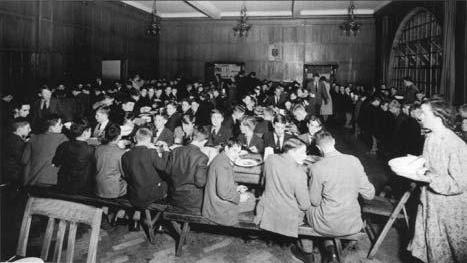
The Corps paraded on Saturday mornings, when the orchestra rehearsed. There was a small R.A.F section (no naval section as yet), which paraded separately. A good deal was written about the Corps at the time of its centenary (2011), so I shall not say any more here.
The dress code in our time was fairly relaxed. Blue blazers were worn in the Junior School and thereafter up to age 15 or so. Black blazers didn’t come in until many years later. Boys who had their school colours often wore the appropriate blazer –blue with yellow braid for boxing or white braid for swimming, red braid for running. There was a maroon blazer with black braid for rugby. The cricket colours blazer (red, white and black stripes) and that for tennis (cream with blue braid) did not lend themselves to everyday use. Tasselled maroon caps were awarded with 1st XV colours.

Caps had to be worn, to and from school, theoretically all the way home. Dr Thomas reluctantly exempted the sixth form, but to him wearing the cap indicated pride in the school, and he did what he could to impress this upon us. But the older boys kept their caps in their pockets, to be put on when one got within sight of the school, or if a master or a prefect hove into view. ”

